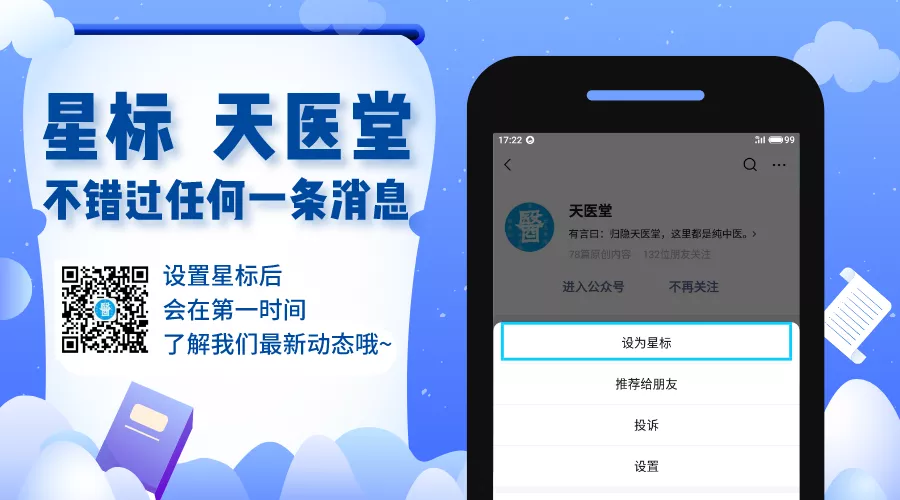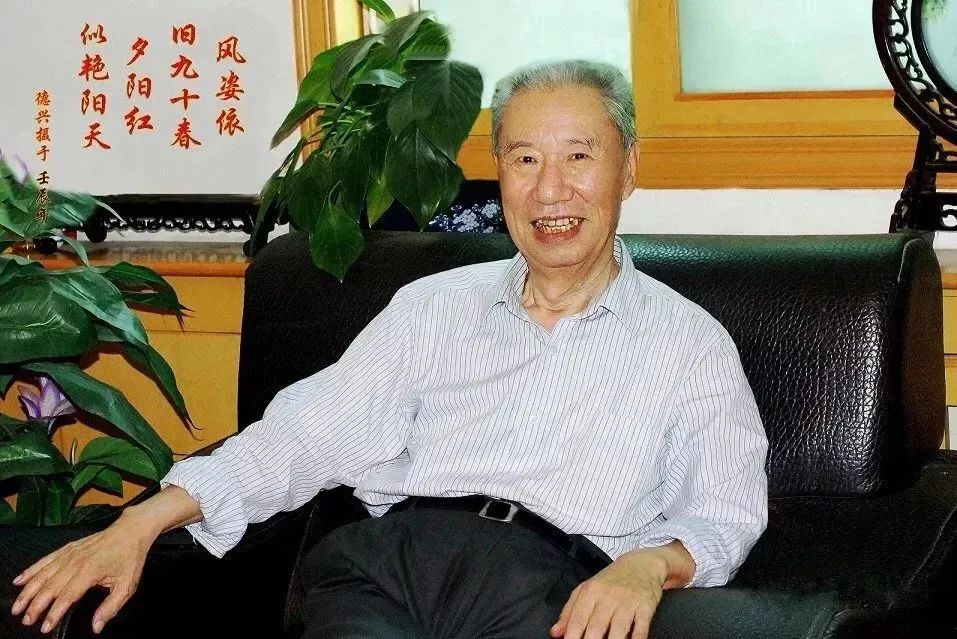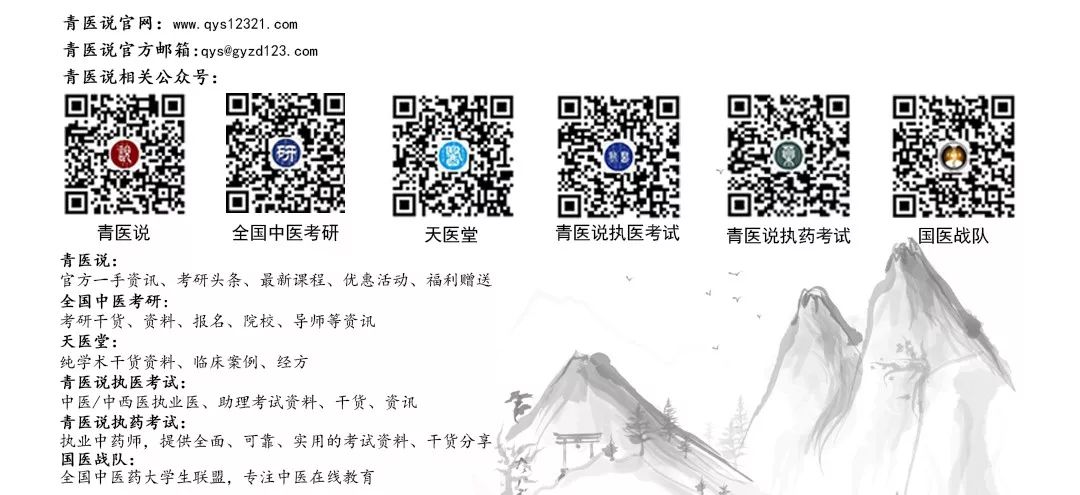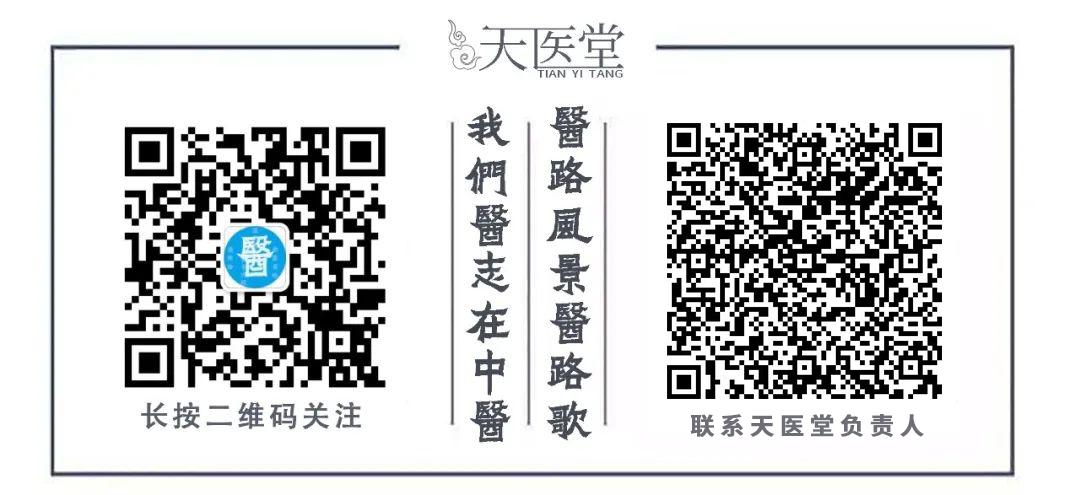

▲ Li Zhenhua, Master of Traditional Chinese Medicine (1924.11-2017.5)
Exogenous disease syndromes are caused by external pathogens attacking the surface, entering the interior, or lingering in the body, leading to dysfunction of the internal organs. Due to the different natures of the pathogens, the damage to the organs and the characteristics of the syndromes also vary. As stated in the “Treatise on the Spleen and Stomach”: “Internal injury to the spleen and stomach harms its qi; external invasion of wind and cold harms its form. Excess injury from the outside should be purged; insufficient injury from the inside should be tonified.” Master Li Zhenhua focuses on the spleen and stomach as the axis for treating exogenous diseases. This article summarizes his treatment experiences for exogenous diseases as follows for the benefit of colleagues.
01
Wind-Cold Common Cold
Chills and fever, headache without sweating, nasal congestion with a heavy voice, sneezing, body aches, no thirst, clear and frequent urination, cough with white phlegm, pale red tongue, floating and tight pulse.
Treatment Method: Release the exterior with warm acrid herbs, clear heat, and harmonize the stomach. Formula: Gui Zhi (Cinnamon Twig) 8g, Bai Shao (White Peony) and Ge Gen (Kudzu Root) each 15g, Chuan Xiong (Szechuan Lovage) and Qian Hu (Hogfennel) each 10g, Xing Ren (Apricot Kernel), Chen Pi (Tangerine Peel), Sheng Jiang (Fresh Ginger), Jing Jie (Schizonepeta), each 10g, Gan Cao (Licorice) 3g.
02
Wind-Cold Cough (Throat Itch)
Mild fever, cough with white phlegm, throat itch, body aches, worsens with cold, no thirst, clear and frequent urination, pale red tongue, floating and rapid pulse.
Treatment Method: Expel wind and scatter cold, disseminate lung qi and stop cough. Formula: Qian Hu, Huang Qin (Scutellaria), Bei Mu (Fritillaria), Zhi Mu (Anemarrhena), Su Zi (Perilla Seed), Jing Jie, Zhi Sang Pi (Fried Mulberry Bark), Zhi Dong Hua (Fried Winter Flower), Ju Hong (Tangerine Peel), Ban Xia (Pinellia), Jie Geng (Platycodon), Su Geng (Perilla Stem), Zhi Qiao (Bitter Orange) each 10g, Xing Ren 6g, Gan Cao 3g, Sheng Jiang 5 slices as a guide.
03
Internal Injury with Exogenous Attack
Fever and chills, alternating cold and heat, mild in the morning and severe in the evening, sweating without relief, headache, poor appetite, abdominal distension, white greasy tongue coating, pale red tongue, wiry and rapid pulse.
Treatment Method: Resolve both exterior and interior, harmonize nutritive and defensive qi. Formula: Chai Hu (Bupleurum), Xiang Fu (Cyperus), Chen Pi, Shan Zha (Hawthorn), Qing Pi (Green Tangerine Peel), Sheng Jiang each 10g, Chuan Xiong 12g, Bai Shao 15g, Gui Zhi, Sha Ren (Amomum) each 8g, Wu Zhu Yu (Evodia) 4g, Gan Cao 3g, Hong Tang (Brown Sugar) 30g as a guide.
04
Wind-Heat Common Cold
Mild fever with aversion to wind and cold, dry and painful throat, possible redness and swelling, headache, spontaneous sweating, thirst, cough with yellow phlegm, flushed complexion, yellow urine, thin yellow or thin white tongue coating, red tongue, floating and rapid pulse.
Treatment Method: Release the exterior with cool acrid herbs, disseminate lung qi and clear heat. Formula: Jin Yin Hua (Honeysuckle) and Dan Dou Chi (Fermented Soybean) each 12g, Lian Qiao (Forsythia) and Ge Gen each 15g, Ju Hua (Chrysanthemum), Gong Ying (Dandelion), Jing Jie, Jie Geng each 10g, Bo He (Mint) 7g, Gan Cao 3g. Modification: If heat is severe, add Sheng Shi Gao (Gypsum) 15-30g, Zhi Mu 12g, Ban Lan Gen (Isatis) 20g; for cough with heavy yellow phlegm, add Xing Ren and Chuan Bei Mu (Fritillaria) each 10g, Sheng Sang Pi (Fresh Mulberry Bark) 15g, Di Gu Pi (Lycium Bark) 12g.
05
Influenza
Fever without aversion to cold, or mild aversion to cold, slight sweating or no sweating, headache, itchy and painful throat, dry mouth, cough, possibly wheezing, phlegm or little phlegm with difficulty expectorating, poor appetite, yellow urine, thin white tongue coating, slightly red tongue, floating and rapid pulse.
Treatment Method: Clear heat and detoxify, release the exterior with cool acrid herbs. Formula: Lian Qiao, Jie Geng, Qian Niu Zi (Morning Glory Seed), Sheng Sang Pi, Xing Ren each 10g, Ge Gen, Jin Yin Hua, Gong Ying, Yu Xing Cao (Houttuynia) each 15g, Zhi Mu 12g, Sheng Shi Gao 20g, Gan Cao 3g. Modification: For chest tightness and wheezing, even asthma, add Ma Huang (Ephedra) 8g.
06
Wind-Heat Cough
Mild fever, sweating, cough with difficulty expectorating, phlegm yellow and sticky, dry throat and mouth, possibly severe throat pain.
Treatment Method: Clear heat, disseminate lung qi, and release the exterior with cool acrid herbs. Formula: Bei Sha Shen (North American Ginseng), Sheng Sang Pi, Di Gu Pi each 15g, Qian Hu, Huang Qin, Xing Ren, Gua Lou Ren (Trichosanthes Fruit), Zhi Mu, Lu Gen (Reed), Bei Mu, Jie Geng, Bo He, Sang Ye (Mulberry Leaf) each 10g, Zhi Qiao 12g, Gan Cao 3g.
07
Gastrointestinal Type Common Cold
Fever and chills, headache, body aches, alternating cold and heat, poor appetite, severe abdominal distension and diarrhea, nausea, possibly vomiting, white greasy tongue coating, slightly enlarged tongue, pale red tongue, slippery and rapid pulse.
Treatment Method: Strengthen the spleen and harmonize the stomach, release the exterior with warm acrid herbs. Formula: Bai Zhu (White Atractylodes), Zhu Ling (Polyporus), Cang Zhu (Atractylodes), Hou Po (Magnolia Bark), Chen Pi, Chai Hu, Huang Qin, Sha Ren, Jiao San Xian (Fried Three Immortals) each 10g, Fu Ling (Poria) 15g, Ze Xie (Alisma) 12g, Gui Zhi 6g, Ge Gen and Wu Zhu Yu each 5g, Gan Cao 3g, Sheng Jiang 5 slices, Da Zao (Jujube) 5 pieces as a guide.
08
Qi Deficiency Common Cold
Common in the elderly or those with recurrent colds, weak constitution, low fever, slight aversion to cold, headache, body aches, no dry mouth, no throat pain, clear and frequent urination, prolonged illness, possibly recurrent colds, pale tongue, white coating, deep and thin pulse.
Treatment Method: Tonify qi, strengthen the spleen, and harmonize nutritive and defensive qi. Formula: Huang Qi (Astragalus) 20g, Dang Shen (Codonopsis) and Fang Feng (Siler) 5g, Bai Zhu, Bai Zhi (Angelica Dahurica), Chai Hu, Sha Ren, Chen Pi each 10g, Gui Zhi 6g, Bai Shao 12g, Gan Cao 3g, Sheng Jiang 5 slices, Da Zao 5 pieces. Modification: After recovery, the formula can be adjusted by removing Bai Zhi and Chai Hu, and changing Gan Cao to Zhi Gan Cao (Fried Licorice) 6g to strengthen the spleen and tonify qi, preventing colds.
09
Yin Deficiency Common Cold
Common in those with inherent yin deficiency and lung dryness or those suffering from tuberculosis. Mild fever, early clear and late heavy, sweating with aversion to wind, fatigue, dizziness, headache, dry throat, thirst, five hearts heat, thin yellow tongue coating, red tongue, thin and rapid pulse.
Treatment Method: Nourish yin, clear heat, and release the exterior with cool acrid herbs. Formula: Bei Sha Shen 20g, Mai Dong (Ophiopogon) 15g, Sang Ye, Ju Hua, Ge Gen, Bo He, Dan Dou Chi, Jie Geng, Yin Chai Hu (Silver Chai Hu), Huang Qin each 10g, Gan Cao 3g. Modification: For severe cough, add Zhi Mu, Chuan Bei, Xing Ren, Su Zi each 10g; if no sweating, add Jing Jie 10g, Sheng Jiang 5 slices as a guide.
010
Wind-Cold with Dampness Common Cold
Mild fever, aversion to wind and cold, joint pain, overall body aches, headache, heavy head, poor appetite, thick white greasy tongue coating, pale tongue, slippery and rapid pulse.
Treatment Method: Expel wind, scatter cold, and eliminate dampness. Formula: Qiang Huo (Notopterygium), Du Huo (Angelica Pubescens), Bai Zhi, Huo Xiang (Agastache), Sha Ren, Hou Po, Chuan Xiong, Fang Feng each 10g, Chai Hu, Ge Gen each 12g, Gui Zhi 5g, Xi Xin (Asarum), Gan Cao each 3g. The above are adult dosages; for children, adjust accordingly; each type of common cold can be modified based on symptoms, tailored to the individual.
According to Master Li’s clinical experience, the treatment of exogenous diseases is summarized into the above ten types, employing ten methods, reflecting the TCM principle of differentiation and treatment. In treating exogenous diseases, emphasis is placed on protecting the spleen and stomach, as the above formulas often contain herbs that tonify qi and strengthen the spleen. Dong Yuan stated: “Internal injury to the spleen and stomach leads to the emergence of a hundred diseases.” The spleen and stomach are the foundation of postnatal health, the officials of the granary, residing in the center, nourishing the surroundings. Zhang Zhongjing also emphasized the spleen and stomach in treating exogenous cold damage. For example, Bai Hu Tang (White Tiger Decoction) is cold and can harm stomach qi, hence the addition of glutinous rice to protect stomach qi. Gui Zhi Tang (Cinnamon Twig Decoction) contains ginger and jujube to harmonize the middle burner, strengthen the spleen and stomach, and promote sweating to expel pathogens while protecting stomach qi. The “Huang Di Nei Jing: Su Wen” states: “When the righteous qi is preserved within, evil cannot invade; where evil gathers, its qi must be deficient.” The spleen and stomach transform and transport the essence of food and water, ensuring sufficient qi and blood, which allows the righteous qi to flourish, preventing the body from being invaded by external pathogens and enabling quick recovery after illness. Master Li Zhenhua often treats diseases based on the spleen and stomach and proposes the academic viewpoint of “spleen deficiency syndrome without excess syndrome, stomach often with excess syndrome” and the treatment philosophy of “the spleen should be strengthened, the liver should be soothed, and the stomach should be harmonized.” In clinical practice, the treatment of spleen and stomach diseases has shown significant effects, and it can also be effective in treating difficult and complicated diseases. In summary, TCM treatment of exogenous disease syndromes should follow the principle of differentiation and treatment, and the above ten methods are provided for reference, ensuring that the main symptoms are treated while also considering the middle burner spleen and stomach, which aids in the early recovery from illness.
Important Statement:
Due to individual differences in constitution and illness, the formulas and dosages in this case are only applicable to the patient at that time. Without TCM differentiation and diagnosis, do not replicate the prescriptions and dosages in this case. Readers in need should seek treatment at a regular hospital to avoid delaying their condition.
For TCM enthusiasts who have not yet found a mentor, feel free to consult the teacher below~


— THE END —
▶ Copyright Statement:
1. Source: “China Traditional Chinese Medicine News”, June 1, 2022, Fifth Edition, Guo Lei, Changchun University of Traditional Chinese Medicine, Kong Yibu, Sun Liping, Affiliated Hospital of Changchun University of Traditional Chinese Medicine.2. This platform aims to disseminate knowledge of TCM culture, and the copyright belongs to the relevant rights holders. Respect knowledge and labor, and please retain copyright information when reprinting. If there are any improper uses, please feel free to contact us for negotiation.3. We welcome everyone to submit articles, submission email [email protected]


